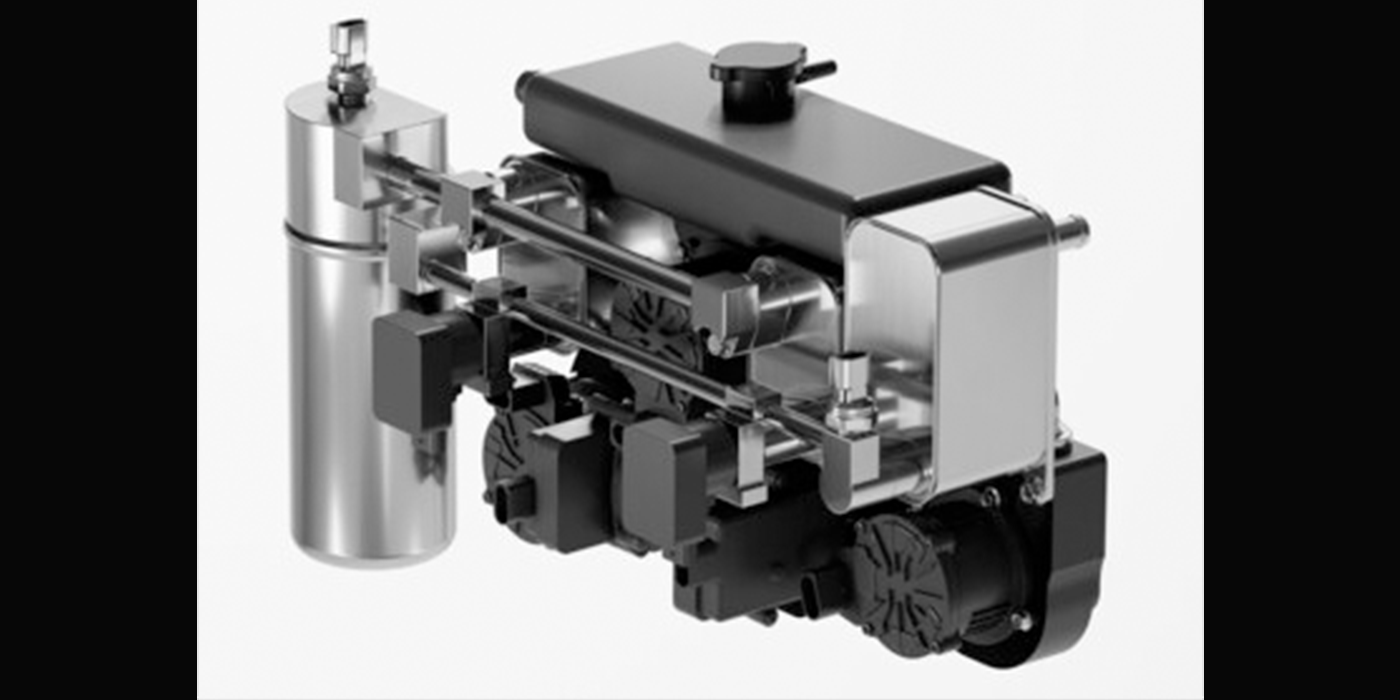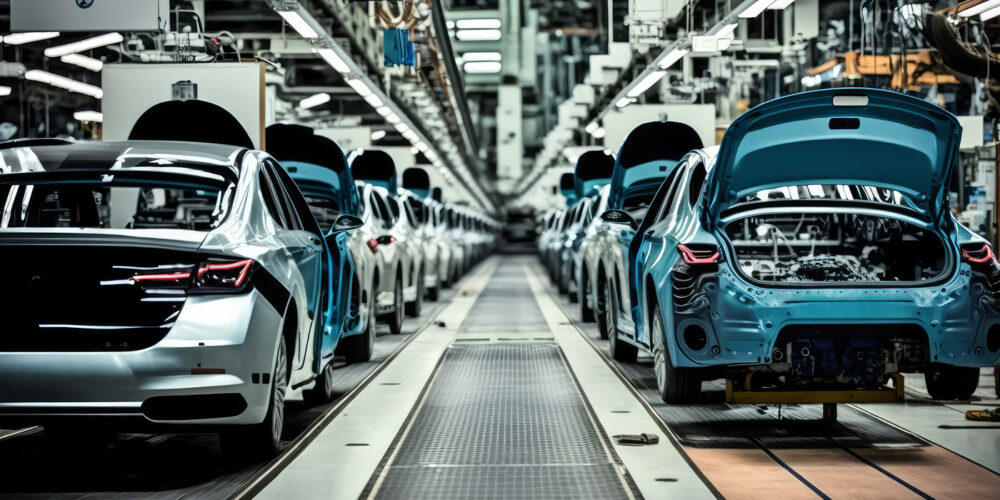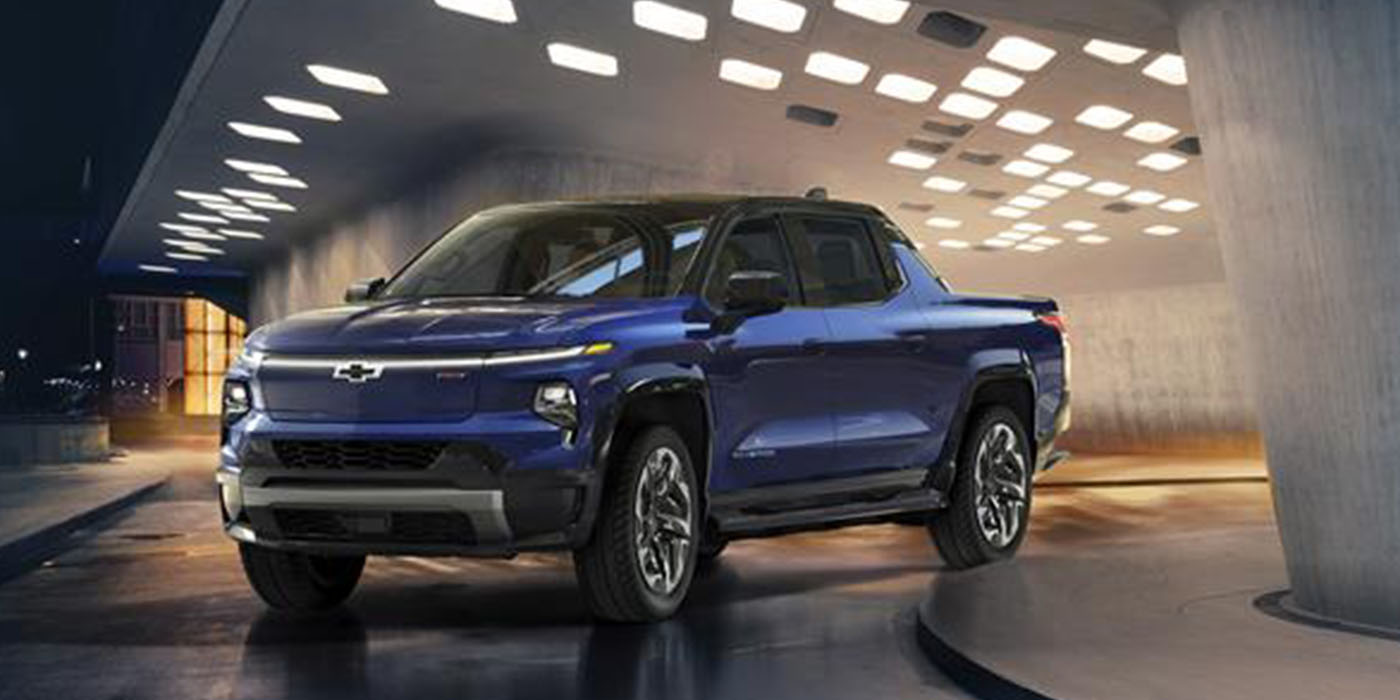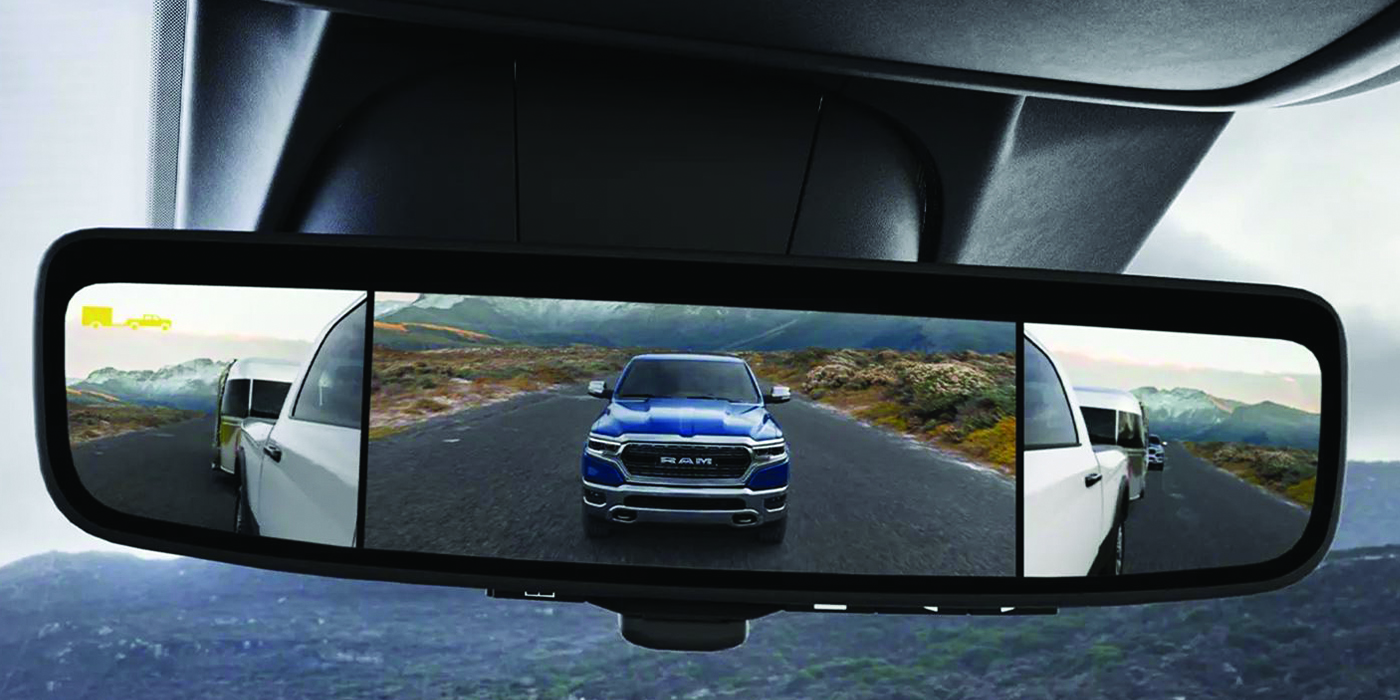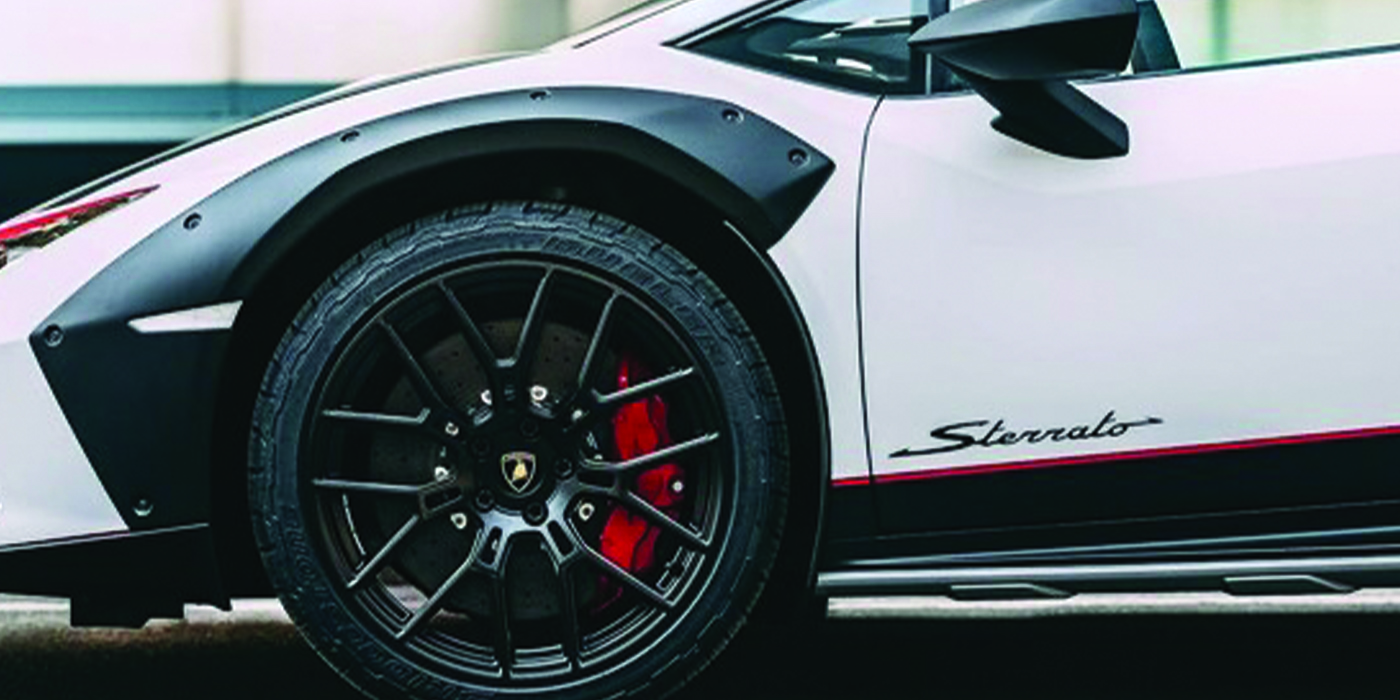From Detroit Free Press
Conventional wisdom in automotive circles not long ago held that Toyota Motor Corp. would flash past General Motors Corp. like a blur to become the global sales leader, perhaps in 2006 and certainly by 2007, as Toyota marched relentlessly toward world domination.
GM defied that wisdom Wednesday, remaining No. 1 and holding Toyota off by about 3,000 vehicles in 2007 by reporting worldwide sales of 9,369,524 cars and trucks, up 3 percent from a year ago, and serving notice that it intends to keep battling for the sales crown in years to come.
Meanwhile, a gaggle of nervous Nellies has raised such a ruckus over housing prices, loan defaults and stock market gyrations that a U.S. recession, if not a worldwide economic panic, now seems like a foregone conclusion.
But again, up steps GM, that American industrial icon of yesteryear, to say:
Wait a minute.
Not so fast.
We think Americans will buy just as many cars and trucks this year, 16.1 million or so, as they did last. And emerging markets such as China, India, Russia and Venezuela will drive global sales up 3.5 percent to 73 million this year, more than compensating for slumping Japan and Germany.
"We’re hitting on all cylinders around the world," GM global sales analyst Michael DiGiovanni told financial analysts and reporters on a conference call Wednesday.
If the Federal Reserve follows Tuesday’s three-quarter point interest-rate cut with another half-point drop, and if Congress passes a $150-billion package of tax breaks and other goodies, "that’s an awful lot of stimulus," DiGiovanni said. "There could be a surprise."
A surprise on the upside.
DiGiovanni may well be right about the outlook for both GM and the U.S. economy.
Here’s why:
–The U.S. unemployment rate is 5 percent, well below the 5.7 percent average of the last 25 years.
–Personal income has been growing at a rate 3 percent faster than inflation for the past few years.
–The United States leads the world in productivity in virtually every industry.
We are not, in other words, a basket case.
And, to return to the GM-Toyota comparison, nor is GM a basket case.
After a long fall from its once-dominant hold on half of U.S. car and truck sales, GM appears to be stabilizing its U.S. share at somewhere below 25 percent. But outside North America, GM sold almost 600,000 more cars last year than in 2006, a whopping 13.2 percent gain.
GM sales in China rose 18 percent, India was up 74 percent, and Russia was up 95 percent as 59 percent of all GM sales were outside the United States. The company is well-positioned in the world’s fastest-growing markets.
That doesn’t mean Toyota is suddenly a slouch. Far from it.
Toyota also is well-established around the world, but its growth has slowed in its most lucrative market — the United States. After growing at an 11 percent annual clip from 2004 to 2006, Toyota’s U.S. sales rose only 3 percent last year, and the company is forecasting only 1 percent growth in the United States next year.
The reason: Toyota now has products in every car and truck segment except full-size vans, which it doesn’t plan to enter. So it can’t add big chunks of sales simply by moving into new segments, as it has over the years with the Lexus luxury brand, Scion small cars and the Tundra full-size pickup.
With GM, Ford Motor Co. and Chrysler LLC all having improved quality and shop-floor efficiency — and soon to reap the benefits of a new cost-saving UAW contract — Toyota officials know U.S. market share will be harder to grab in the future.
Like GM, Toyota also is growing sales in emerging markets, but it must compensate for a declining home market in Japan, where a weak economy and declining population have reduced vehicle sales to the lowest levels since the early 1980s.
On Wednesday, Toyota updated its estimate of its 2007 worldwide sales to 9.366 million units, slightly lower than GM’s total.
"We’re very competitive at GM and, of course, we’d like to win," DiGiovanni said Wednesday of the head-to-head showdown, echoing similar words from Toyota Chief Executive Officer Katsuaki Watanabe in Detroit last week.
GM must steer clear of what DiGiovanni called "unnatural things that got us into trouble," such as lavish incentives and boosting sales to rental fleets to keep plants running.
That said, "we’re in this for the long haul, and we want to win," he added.
Detroiters with memories, of course, will recall that GM executives have spoken with hollow bravado before. It was barely four years ago that GM brass were sporting "29" buttons on their suit lapels to signify a U.S. market share target of 29 percent, a goal that no one sees GM or any other single company achieving in the foreseeable future.
Today is a new day, though, fraught with uncertainty in a bumpy yet resilient U.S. economy, and bursting with promise in emerging growth markets around the world.
And GM, at last, is showing signs it may give Toyota a tussle for top-dog honors rather than simply be left panting in the dust.
Copyright (c) 2008, Detroit Free Press




